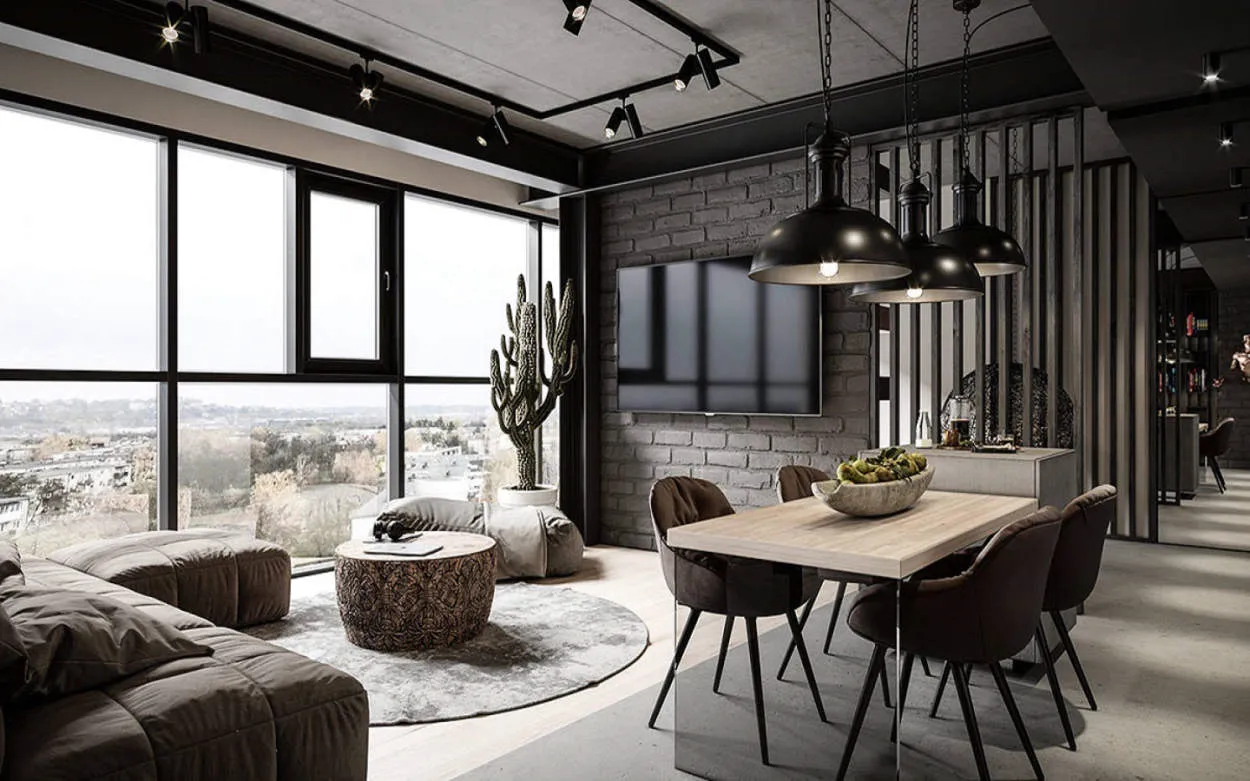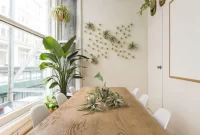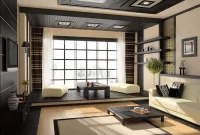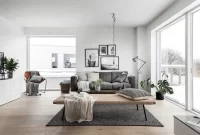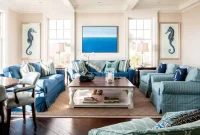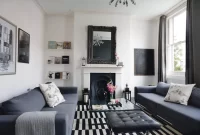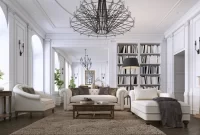In the realm of design, raw materials play a crucial role in shaping the aesthetics and functionality of industrial products. From wood and metal to concrete and glass, understanding the characteristics and potential of these materials is key to creating innovative and visually striking designs. This article explores the importance of industrial edge design and the creative possibilities that can arise from working with raw materials.
The Basics of Industrial Style
Industrial style is a popular design trend that focuses on embracing the raw, unfinished, and utilitarian aspects of industrial spaces. It draws inspiration from factories, warehouses, and other industrial buildings to create a unique and edgy aesthetic.
The key elements of industrial style include:
- Raw Materials: Industrial spaces often feature exposed brick, concrete, and metal surfaces. These materials are left in their natural state to showcase their authenticity and character.
- Neutral Color Palette: Industrial design typically incorporates neutral colors such as black, white, gray, and earth tones. These colors help to create a sense of simplicity and understated elegance.
- Minimalist Furniture: Furniture in industrial style tends to have clean lines and a minimalistic design. It often combines metal and wood, reflecting the blend of industrial and rustic elements.
- Functional Lighting: Industrial spaces are known for their utilitarian lighting fixtures. Exposed bulbs, pendant lights, and metal fixtures are commonly used to add an industrial charm.
- Unfinished Look: Embracing imperfections is a significant aspect of industrial style. Exposed pipes, ductwork, and rough surfaces are incorporated into the design to showcase the building’s inherent character.
Industrial style is versatile and can be incorporated into various settings, from residential spaces to offices and retail stores. It appeals to those looking for a unique and rugged aesthetic that combines both form and function.
Selecting Industrial Materials and Finishes
In the world of industrial design, selecting the right materials and finishes is crucial to achieving the desired aesthetic and functionality. Whether it’s for furniture, lighting, or interior elements, understanding how to choose the right industrial materials and finishes is essential.
1. Consider the Desired Look and Feel
When selecting industrial materials and finishes, first consider the desired look and feel of the design. Raw and unfinished materials like concrete, steel, or reclaimed wood can provide an edgy and rugged aesthetic, while polished metals or glossy surfaces can add a touch of modernity.
2. Assess Durability and Maintenance
Industrial design often requires materials that can withstand heavy usage and wear over time. Consider the durability and maintenance needs of the materials and finishes. Some materials may require regular maintenance and care, while others are more resistant to scratches, stains, and fading.
3. Look for Sustainability
In today’s eco-conscious world, sustainable materials are gaining popularity in industrial design. Look for materials and finishes that are ethically sourced, recyclable, or have a low environmental impact. This not only aligns with sustainable design principles but also caters to the growing demand for environmentally-friendly products.
4. Consider Functionality and Practicality
Industrial design often prioritizes functionality and practicality. Consider how the selected materials and finishes will perform in terms of their intended use. For example, if it’s for outdoor furniture, you’ll need materials that can withstand various weather conditions.
5. Experiment with Texture and Contrast
To add visual interest and depth to your industrial design, experiment with different textures and contrasts. Combining smooth and rough finishes or mixing materials with varying colors can create a captivating visual impact.
6. Stay up-to-date with Trends
Industrial design trends evolve over time, so it’s important to stay up-to-date. Browse design magazines, visit exhibitions, or research online to discover new materials and finishes that align with the current industrial design trends.
By carefully considering the look, durability, sustainability, functionality, texture, and staying up-to-date with trends, you can select the right industrial materials and finishes for your design project. Ultimately, it’s about creating a harmonious blend between aesthetics and practicality to achieve a stunning industrial edge.
Furniture and Lighting for an Industrial Look
Industrial Edge: Designing with Raw Materials is all about embracing the raw and unfinished aesthetic that industrial design offers. One key aspect of achieving this look is selecting the right furniture and lighting pieces to complement the overall style. Here, we explore some essential elements to consider for creating an industrial-inspired space.
Furniture
When it comes to furniture, opt for pieces that showcase natural materials such as metal, wood, or reclaimed materials. Industrial furniture often features clean lines and a sturdy construction. Some popular choices include steel chairs, distressed leather sofas, and wooden tables with rough surfaces.
Incorporating vintage or salvaged items can also add character to your space. Look for unique pieces like old factory trolleys, repurposed industrial carts, or vintage lockers. These items not only serve a functional purpose but also contribute to the authentic industrial vibe.
Lighting
Lighting plays a crucial role in setting the ambience of an industrial-inspired space. Industrial-style lighting fixtures often feature exposed bulbs, metal finishes, and minimalist designs. Pendant lights with matte black or brushed steel finishes are a popular choice that can enhance the raw and edgy feel.
To create a focal point, consider installing a large, statement chandelier with an industrial look. Alternatively, you can use wall sconces or floor lamps with adjustable arms to provide task lighting while adding a touch of industrial charm.
Decorative Accents
To complement the overall industrial style, incorporate decorative accents that align with the theme. Displaying vintage tools, old gears, and rustic signage as wall art can infuse an authentic industrial atmosphere.
Additionally, incorporating materials like exposed brick, concrete, or weathered wood as part of your interior design can further enhance the raw and rugged feel.
Final Thoughts
Designing with raw materials gives you the opportunity to create a distinct industrial look that exudes uniqueness and character. By carefully selecting furniture, lighting, and decorative accents, you can transform your space into an industrial-inspired haven.
Blending Industrial with Other Styles
When it comes to interior design, blending industrial elements with other styles can create a unique and visually appealing space. The raw and edgy characteristics of industrial design can be combined with more traditional or modern elements to achieve a balanced and harmonious look.
One way to incorporate industrial elements is by using raw materials. Exposed brick walls, concrete floors, and metal accents can add a touch of industrial charm to any interior. Pairing these elements with softer textures like wood or fabrics can create a warm and inviting atmosphere.
In addition to raw materials, industrial furniture pieces can also enhance the overall design. Metal chairs, reclaimed wood tables, and vintage lighting fixtures are common choices for adding an industrial feel to a space. By combining these pieces with furniture from other styles, such as minimalist or Scandinavian, a unique fusion of aesthetics can be achieved.
Another approach to blending industrial with other styles is through color schemes. Neutral tones like gray, black, and white are often associated with industrial design. These can be complemented by pops of vibrant colors or incorporated into a more monochromatic palette to suit different styles.
Overall, blending industrial design with other styles allows for the creation of a customized space that reflects individual tastes and preferences. Whether it’s incorporating raw materials, mixing furniture styles, or playing with color schemes, the possibilities are endless. So, next time you’re looking for a design inspiration, consider blending industrial elements with other styles to achieve a unique and visually stunning interior.
Conclusion
In conclusion, designing with raw materials in industrial edge design offers a unique and authentic aesthetic. The use of exposed metals, concrete, and reclaimed wood create a rugged and industrial look that is currently trending. This style embraces the raw beauty of materials, giving spaces a raw and unfinished appeal. Incorporating these elements into interior and architectural design can add character and personality to any space.

